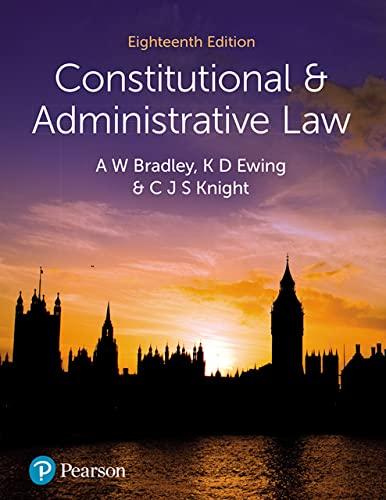Wilson and Levy, a Wall Street investment bank, created a batch of securitized mortgages using an SPE called PERSIA. All of Wilson and Levy's marketing
Wilson and Levy, a Wall Street investment bank, created a batch of securitized mortgages using an SPE called PERSIA. All of Wilson and Levy's marketing materials for PERSIA (the term sheet and offering memorandum) represented that the collection of mortgages underlying PERSIA was selected by a third party, PERSIA Management, with great experience in analyzing the credit risks of each individual mortgage. (The "credit risk" is the risk that the borrower will not repay his or her mortgage.) Direct statements in both the term sheet and the offering memorandum were that "this is a high-quality group of mortgages that would continue to be paid off in timely fashion, and the risk of default is low."
Not disclosed in the marketing materials was the information that a large hedge fund, Olsen & Co., with economic interests directly adverse to investors in the PERSIA entity, had played a significant role in selecting the mortgages to be put into the PERSIA entity. Olsen & Co. had been the one to suggest to Wilson and Levy that Olsen & Co. should have a role in selecting the likely-to-go-into-default package of mortgages that PERSIA actually comprised. Through a series of financial transactions called "short sales" and "credit default swaps," the details of which are not important for present purposes, Olsen & Co. stood to make money if PERSIA lost money. In other words, given its financial short interest, Olsen & Co. had an economic incentive to choose mortgages to put into PERSIA that it expected to experience negative credit eventsborrowers defaulting on paying their mortgages and going into foreclosure.
When the deal closed, the entire batch of PERSIA securities were purchased in a private offering by two institutional investors, a German institutional investor and a Chicago bank. Within six months, 83 percent of the underlying mortgages in the package had been downgraded (their credit evaluation had worsened), and within one year, 99 percent of the mortgages were on a credit watch. As a result, investors in the PERSIA entity lost over $1 billion. Olsen, however, made over $1 billion.
Questions Presented:
(1) Analyze this transaction. Has there been a material misstatement or omission?
(2) Can the investors rely on either the Affiliated Ute presumption or the fraud on the market presumption in bringing their Section 10(b) claim?
Step by Step Solution
There are 3 Steps involved in it
Step: 1

See step-by-step solutions with expert insights and AI powered tools for academic success
Step: 2

Step: 3

Ace Your Homework with AI
Get the answers you need in no time with our AI-driven, step-by-step assistance
Get Started


